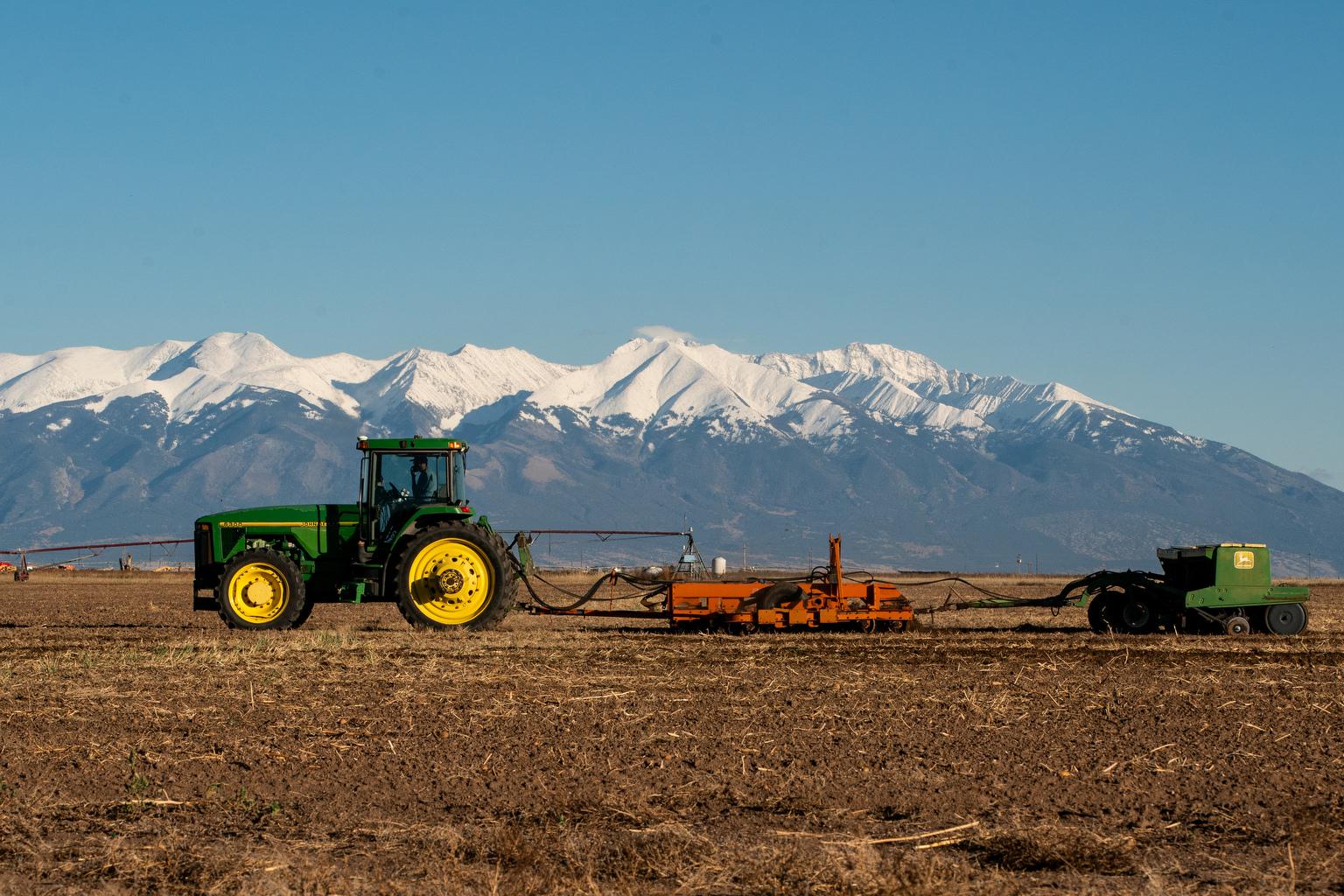
Sarah Jones was sitting at her kitchen table in Hooper, Colorado, last April when she received a mobile emergency alert from the National Weather Service: “DUST STORM WARNING … Be ready for a sudden drop to zero visibility. Pull Aside, Stay Alive!”
It was unsafe for her daughters to be outside, and Sangre de Cristo Schools delayed pick-up until the storm passed.
Jones says dust storms are becoming more common in the San Luis Valley, where she and her husband run a fourth-generation family farm called Jones Farms Organics. Two years ago, a wave of dust caused a 15-car pile-up that stopped traffic on a highway near the farm. Jones and her daughters waited out the storm for an hour in a local Walmart because it was too dangerous to drive home.
“For people that haven't been in it, this isn't a cute little dust devil. The sky is turning brownish orange, you cannot see a few feet in front of you,” Jones said. “This is what we are experiencing, and it's not getting better.”
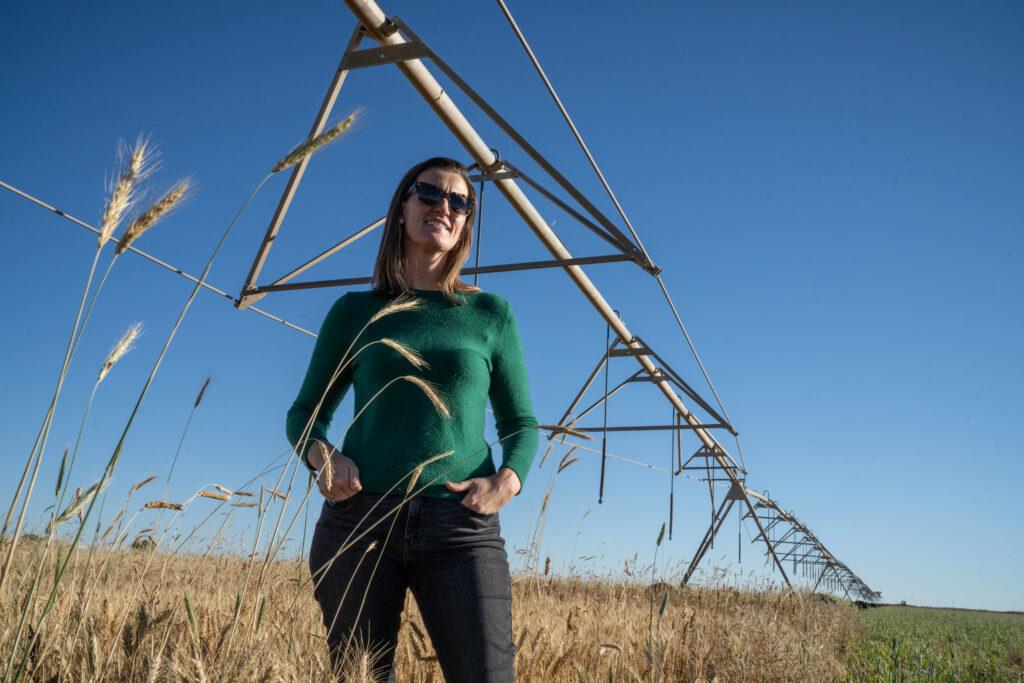
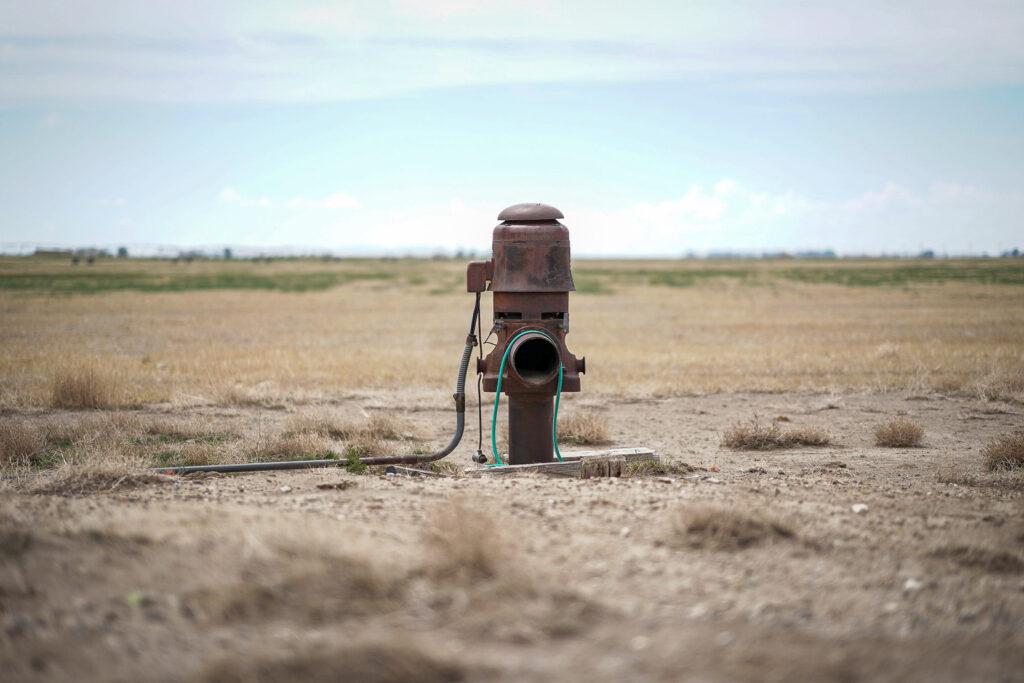
A new answer in an old crop
Farmers lose valuable topsoil with each dust storm, threatening their livelihoods and the backbone of the San Luis Valley’s economy. Climate change has made south-central Colorado drier and the aquifer underlying the valley is straining to supply its water needs. The region needs to adapt in a way that protects agriculture and sustains family farms like the Jones’s, said Colorado Commissioner of Agriculture Kate Greenberg.
“The alternative is more farms go under, less land in production, more land that's dry, barren, without a root structure and a lot of blowing dust,” Greenberg said. “And less food security for Colorado and for the United States.”
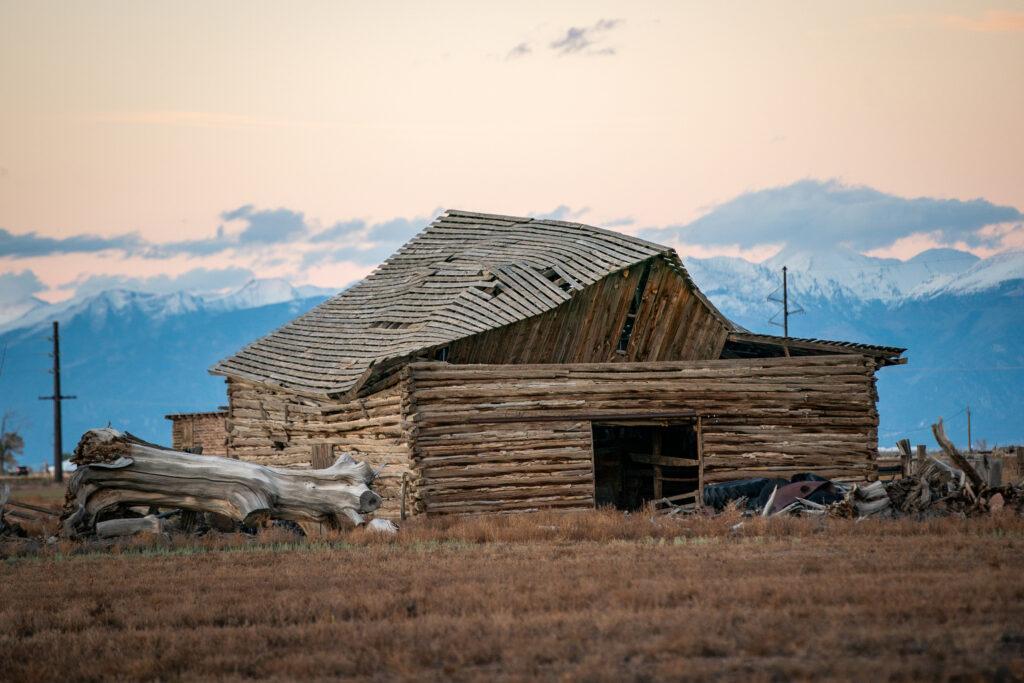
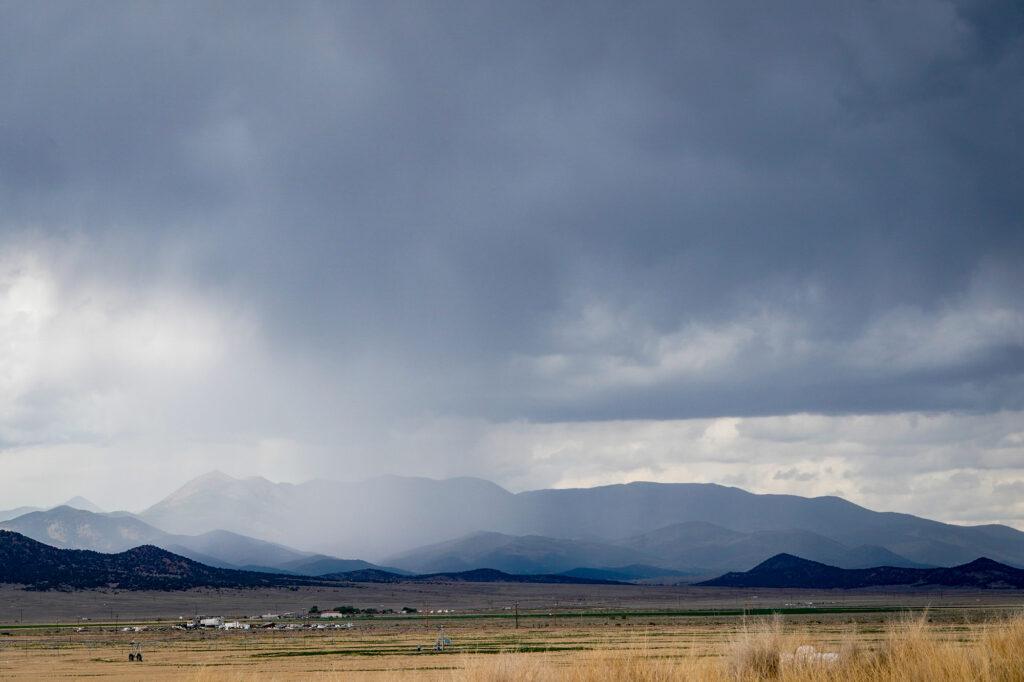
Jones says there is a new answer in an old crop: rye. She co-founded the Rye Resurgence Project to sell consumers on the upsides of this grain, which protects the soil against dust storm conditions, uses less water in a drought-stricken region, and can provide farmers with additional income — making an economic case for low-water use crops. The project matches farmers growing rye with buyers throughout the state.
Rye does not taste like caraway seeds, the spice typically added to rye bread that produces its signature — and polarizing — flavor. The grain itself has a nutty, earthy or spicy flavor, depending on how it’s prepared. Several distillers, chefs and bakers across the state are also embracing rye in their spirits and cuisine.
Jones says that the future of San Luis Valley agriculture might depend on Coloradans eating and drinking more of it.
Planting more, not less
The 8,000-square-mile San Luis Valley is the largest high-altitude desert in North America. It has been home to farms since before Colorado’s statehood, and today, it is the second-largest fresh potato-producing region in the United States. It is also one of the driest parts of Colorado, data show, receiving 7 to 10 inches of precipitation each year, compared to the state’s 17-inch average.
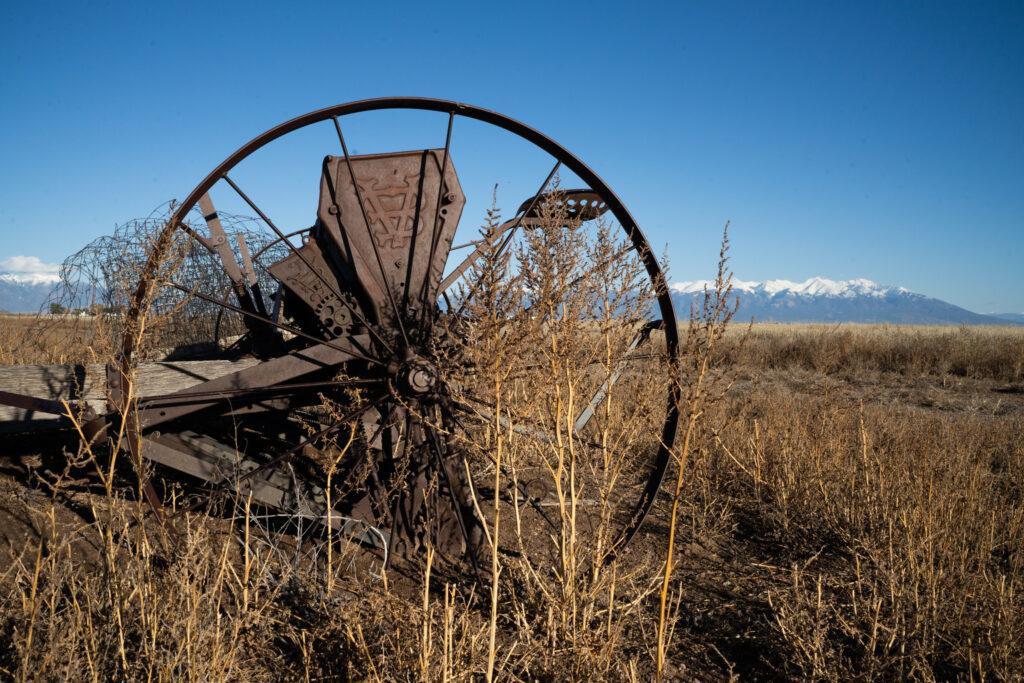
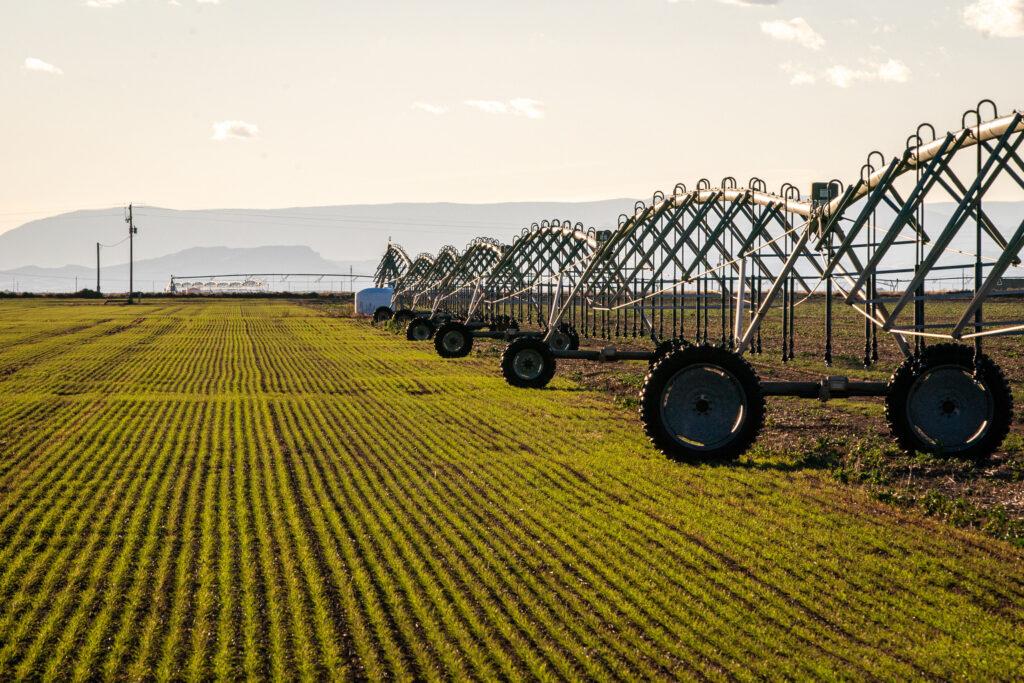
The region has been over-appropriated for more than a century, meaning more people claim water rights than there is water available. Throughout decades of severe drought, the aquifer is being drained at an unsustainable rate, regional water planners say.
“There's really no sugar-coating. We are in a pretty tough situation in the San Luis Valley,” says Heather Dutton, manager of the San Luis Valley Water Conservancy District and The Rye Resurgence Project’s other co-founder. “We have to figure out how to reduce our water use to match the supply that we have, which is much less than previous generations enjoyed, and we anticipate that's going to keep going down.”
Historically, one practice to reduce water use in Colorado has been paying farmers to leave their fields fallow, either temporarily or in a “buy and dry” deal, in which farmland is purchased for its water rights and then transferred to other, non-agricultural uses. But bare fields are susceptible to wind erosion, which promotes dust storm conditions.
Jones and Dutton argue for reducing water use and protecting soils by planting more, not less.
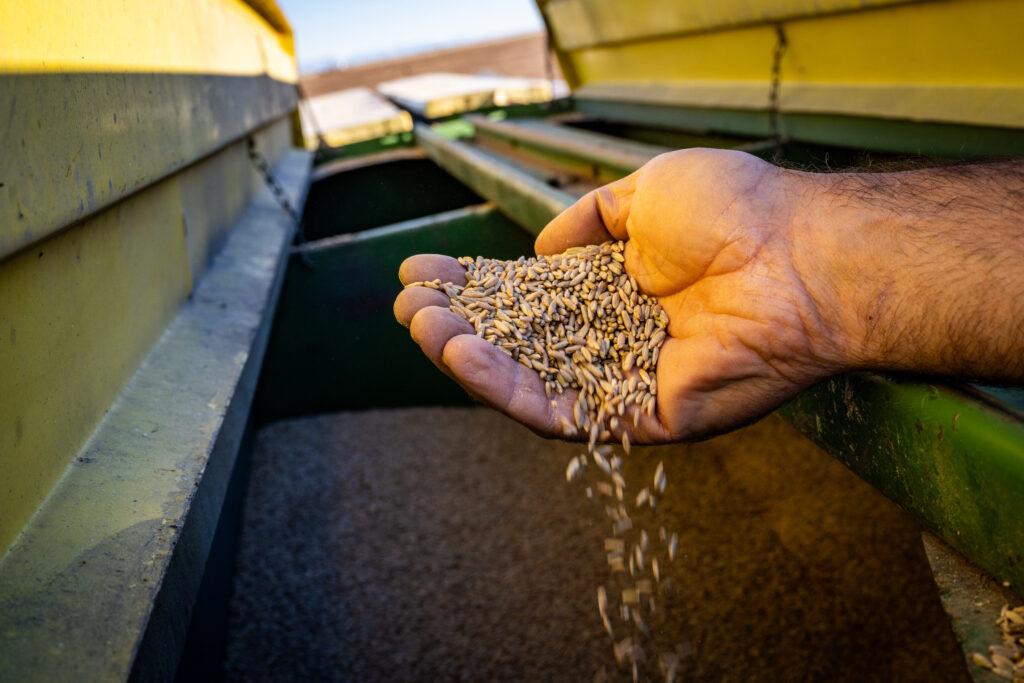
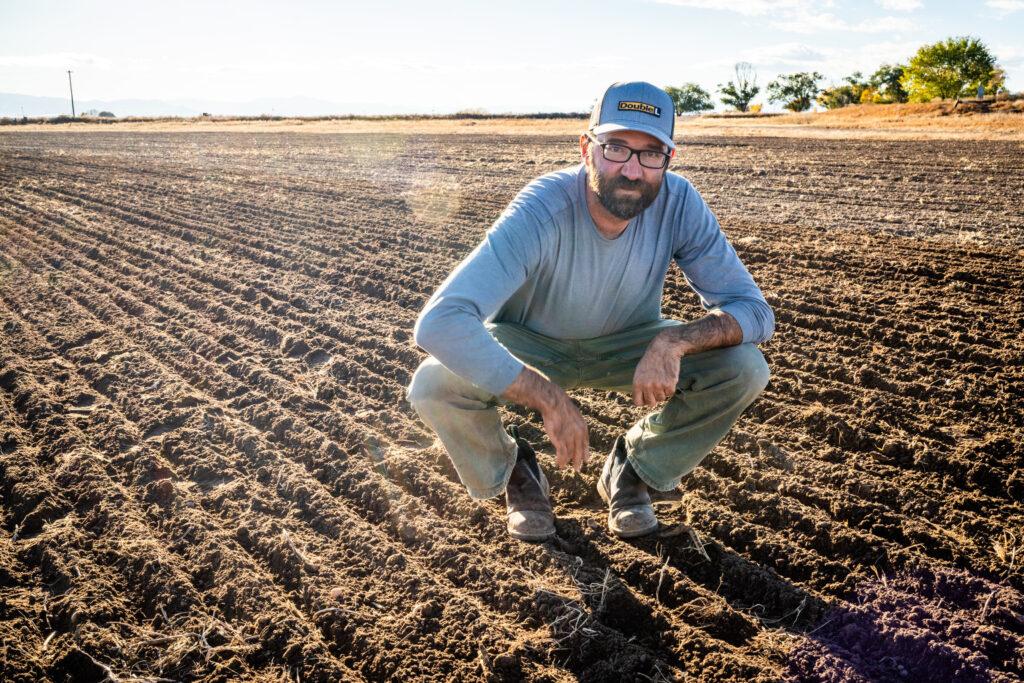
Rye uses significantly less water than other common rotational crops, Dutton said. The grain can be grown to malt quality or used for seed with just 12 inches of water, compared to 18-22 inches for barley or 24-26 inches for alfalfa. Dutton calculated that converting 750 acres of agricultural fields to rye production could conserve 500-acre feet of water per year.
Rye can also survive San Luis Valley winters, which can drop below -30 degrees. This means that farmers can plant the grain in the fall — immediately after potato harvest, for example — and keep living roots in the soil throughout the winter.
When the windy spring months arrive, the rye protects fields from runoff and erosion as a cover crop that also improves soil health, retains moisture and restores nutrients.
Deep roots in the valley
The difference rye makes after a dust storm is obvious, Dutton said. She received a photo from her mother, whose house in the valley is surrounded by agricultural fields and usually experiences significant erosion during the spring season.
“You could see the dirt everywhere except for around where they were because the field next to them was rye,” says Dutton. “It's this beautiful green field and everywhere else are these crazy dust clouds. My dad called [their neighbor] that day and thanked him for planting rye because it could have been a lot more miserable for them.”
Rye used to be more widespread in the San Luis Valley — and across the United States. The grain was commonplace before government corn subsidies made it more profitable to grow other crops like corn and soybeans.
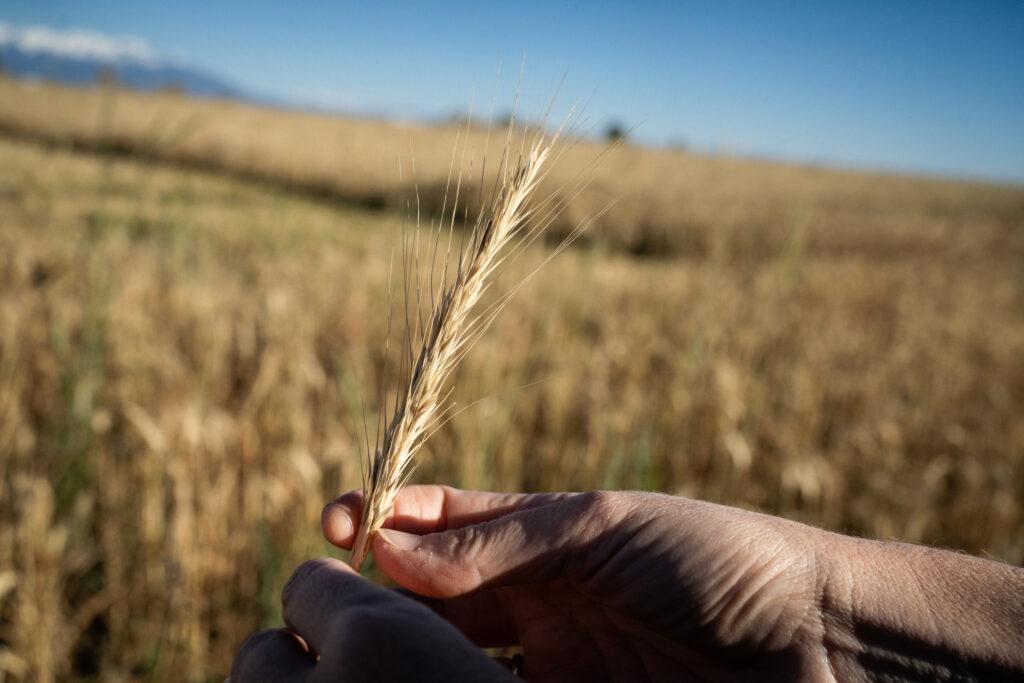
According to the U.S. Department of Agriculture, Colorado averaged more than 100,000 planted acres of rye per year from 1940 to 1970. That has steadily dropped over the decades, and in 2024, the U.S. Farm Service Agency reports less than 12,500 acres of rye planted statewide.
One hurdle to a rye comeback is concern among farmers that there’s not enough of a market to grow the grain as a cash crop, Jones said.
But when Jones started connecting with chefs, bakers and distillers from Denver to Albuquerque, she found eager buyers who were especially interested in San Luis Valley grain.
“Pretty quickly, I was able to sell 100 percent of what we were growing, which was just once a cover crop, to now be a cash crop for us,” says Jones.
San Luis Valley terroir
The dry climate, warm days and cool nights bring exceptional flavor to San Luis Valley crops, Dutton said. This is especially noticeable with rye.
“The rye has a really special flavor because it's not burning up all day, like in some other grain-growing regions of the country.”
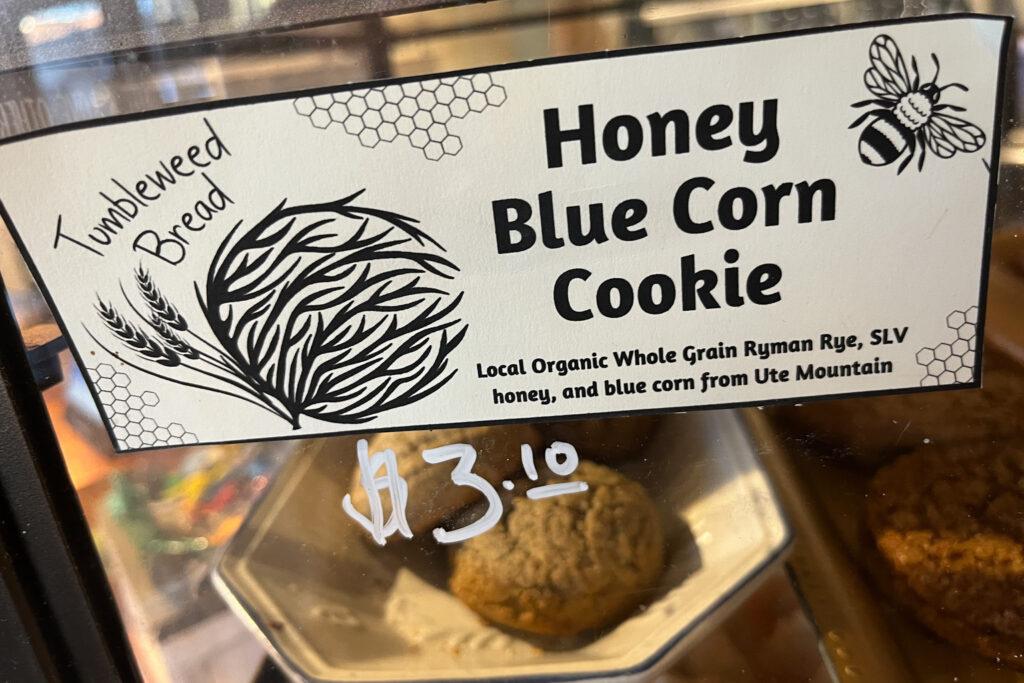
Award-winning distillers agree.
Denver-based distillery The Family Jones — no relation to Jones Farms Organics — believes that the San Luis Valley’s climate “lends a unique terroir to the whiskey,” said Lead Distiller Jamie Burns.
Alan Laws, founder of Laws Whiskey House in Denver, says when he started sourcing rye from the Cody family of Colorado Malting Company in Alamosa, “it changed everything that we did because of [the grains’] freshness,” and the rye “added dramatically to the flavor profile of our whiskey.”
The Rye Resurgence Project currently has more than 10 buyers including Louisville’s Moxie Bread Company, Denver’s Joy Hill pizza restaurant and Boulder’s Dry Storage bakery, which is run by the acclaimed chef Kelly Whitaker. And there is plenty of rye supply from farmers in the valley, Dutton says: The Project asked 10 San Luis Valley farmers to collectively grow 1,200 acres of rye this year, and they ended up growing more than 4,000.
“Getting farmers to grow rye is not the problem,” Dutton said. “And there are a lot of people that are using San Luis Valley rye now who would be really excited to use more.”
But Dutton said more work is needed to transform this growing into a robust market for high alpine San Luis Valley rye.
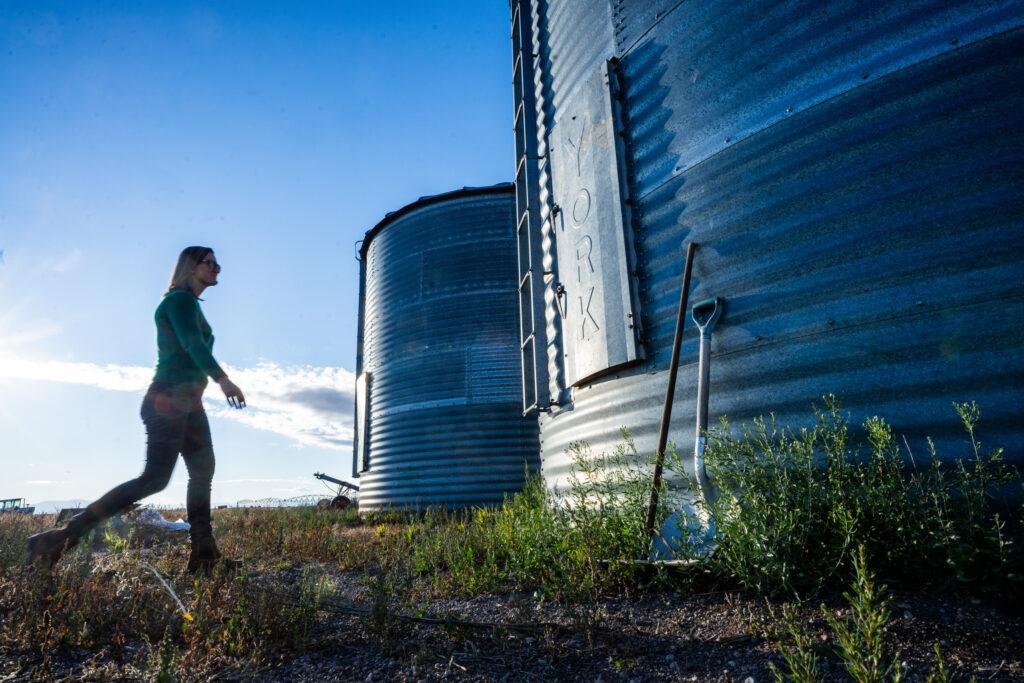
The local grain value chain
While The Rye Resurgence Project team has been playing matchmaker between farmers and customers, its main goal is to raise awareness. Jones and Dutton say more middlemen are needed to keep this work going and grow the market.
“We have to be able to have the chain absorb the demand, the whole way through…making sure that we're selling rye at a price that is fair to farmers and not just trying to undercut them so that the middleman can make more profit,” says Dutton. “We have to have that profit come down to these farmers if they're going to truly be able to stay on this land.”
Dutton is working with companies like Colorado Malting Company to expand its operation and build up that middle market. But in the end, more consumer demand is necessary to develop the entire local grain value chain, from the distilleries and kitchens to the malters and millers.
“Every time you're eating, you're choosing that treatment of the soil and of the aquifer, and you're voting for that practice, and you're voting for that product,” Jones said. “We as Americans like cheap burgers, cheap beer and cheap french fries. And that is what we're growing. Why would a farmer grow something that they don't have a demand for?”
Dutton and Jones hope that the increased interest in locally grown food translates to support for businesses that source rye grown in the San Luis Valley
“Without supporting farmers in being able to diversify their crops, we have the potential of losing agriculture production in this valley,” Dutton said.








